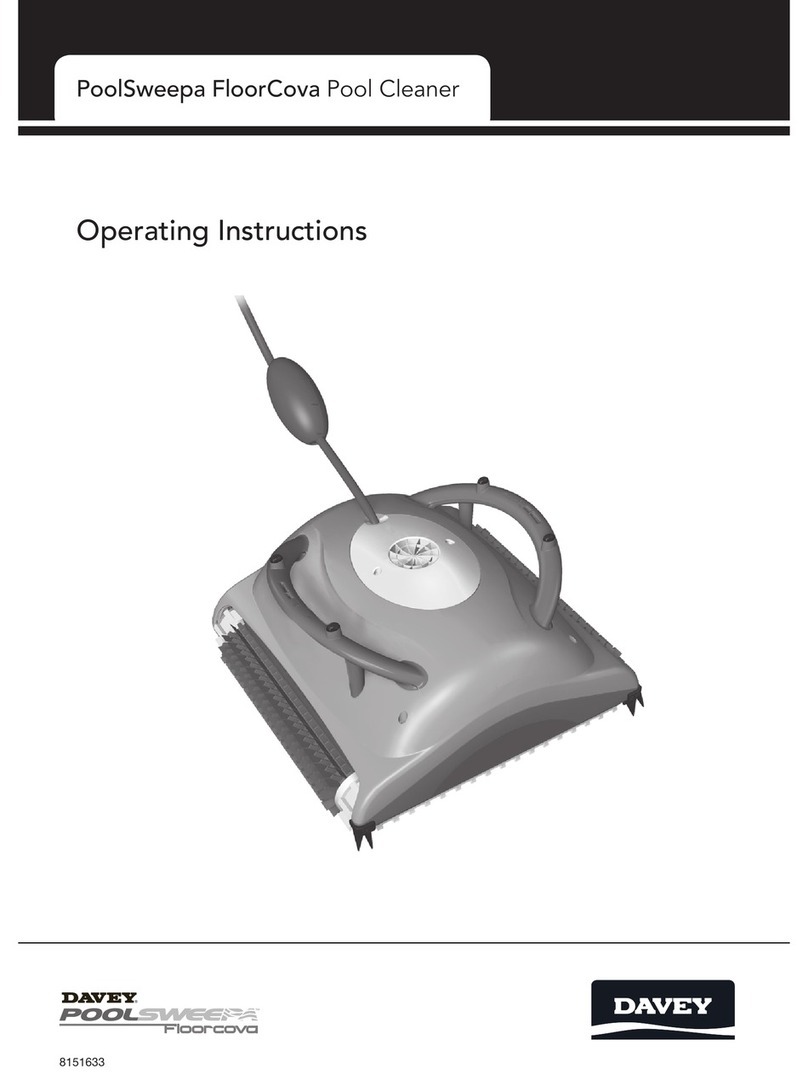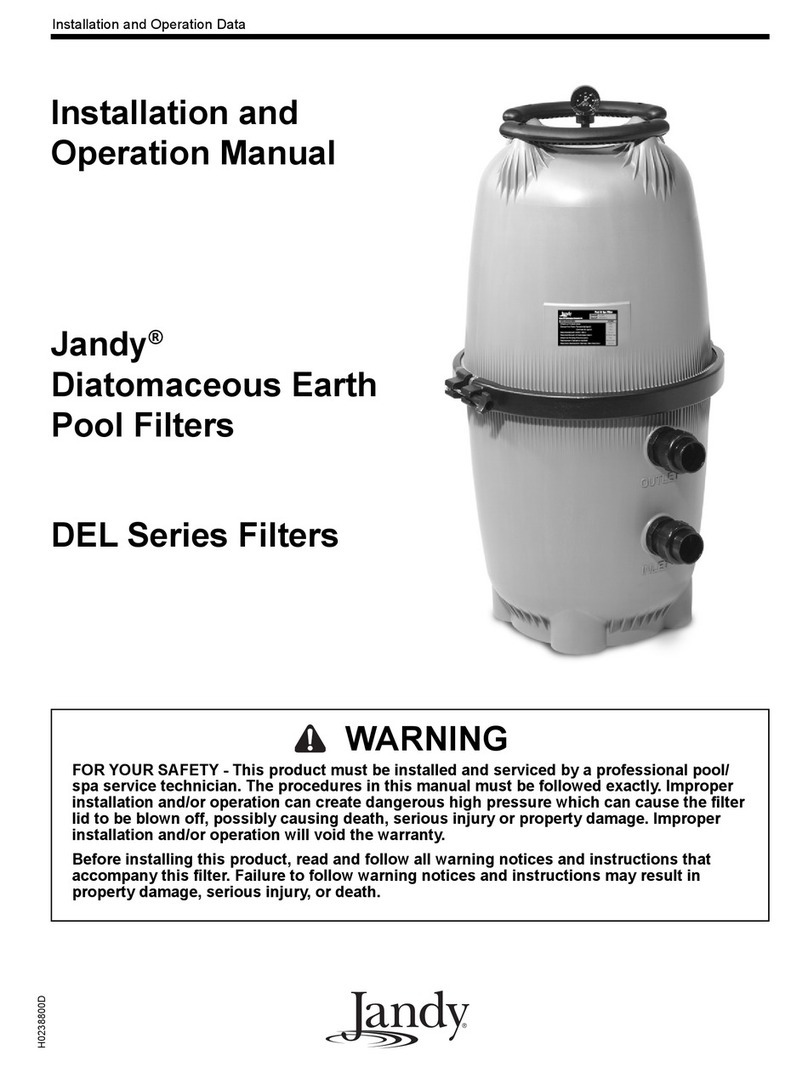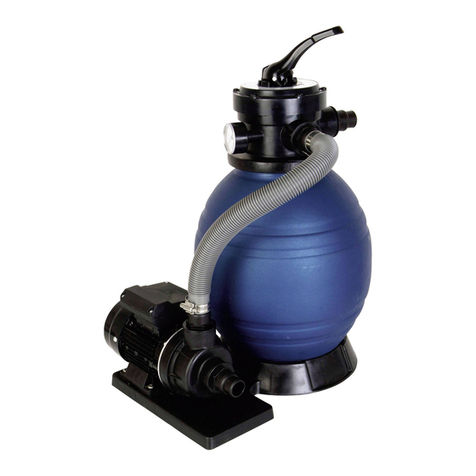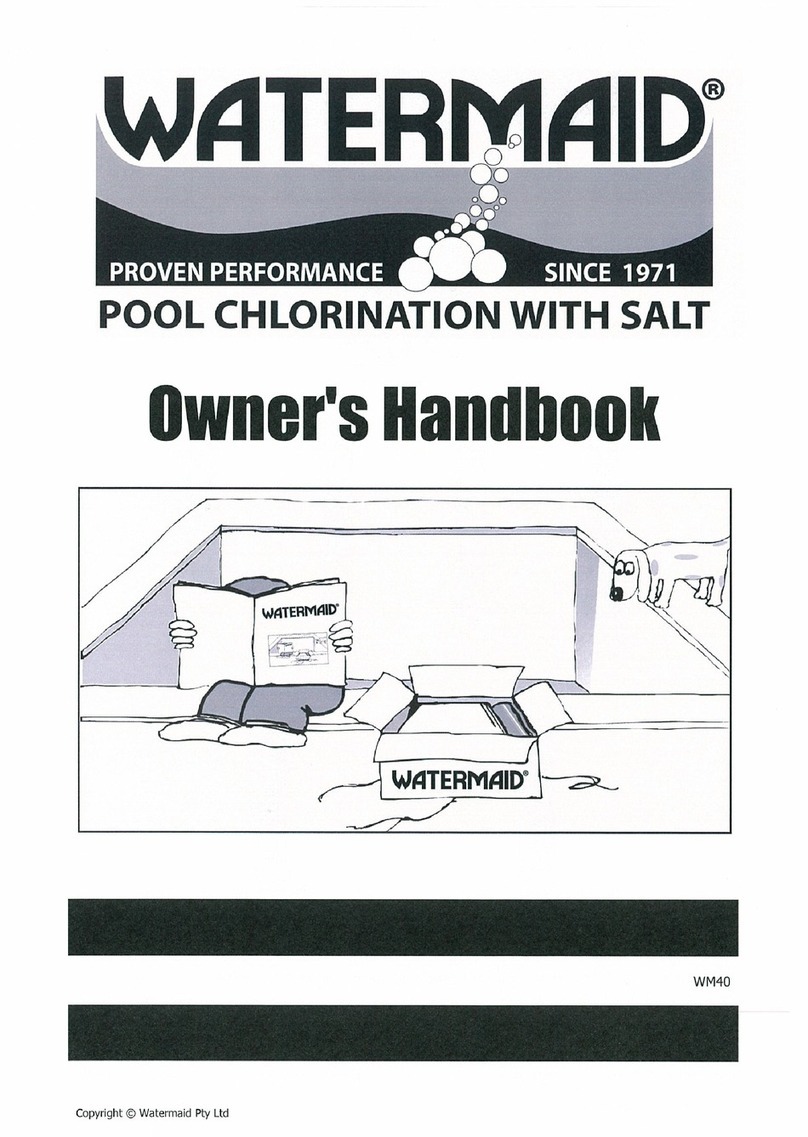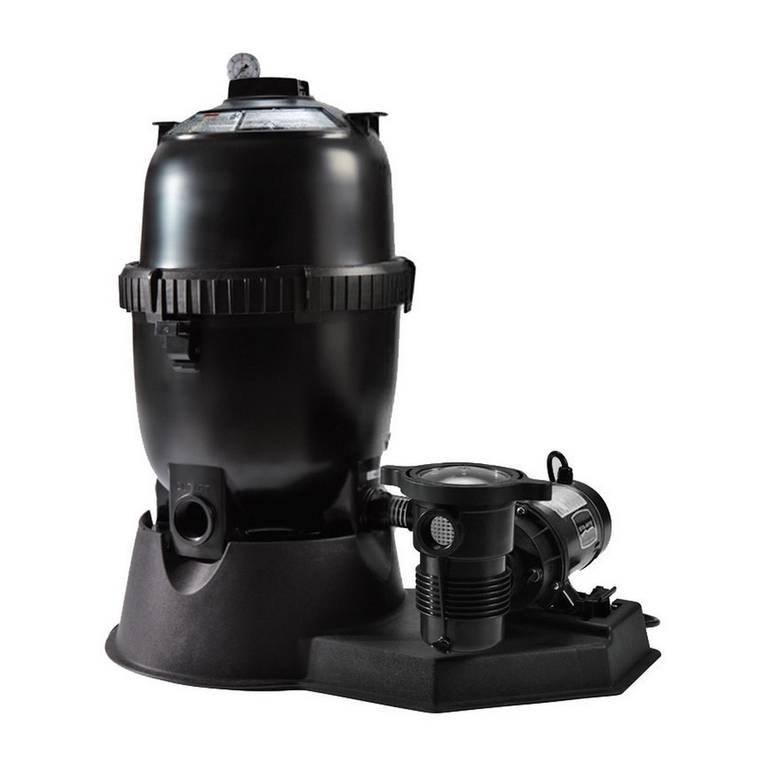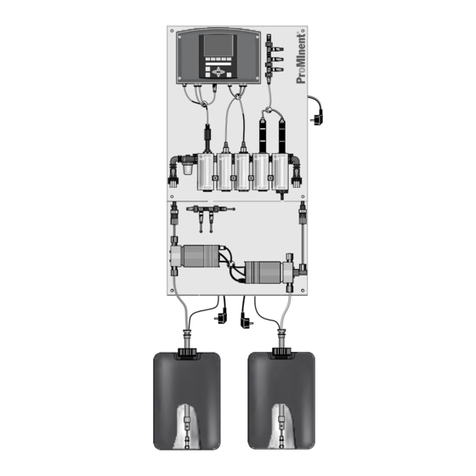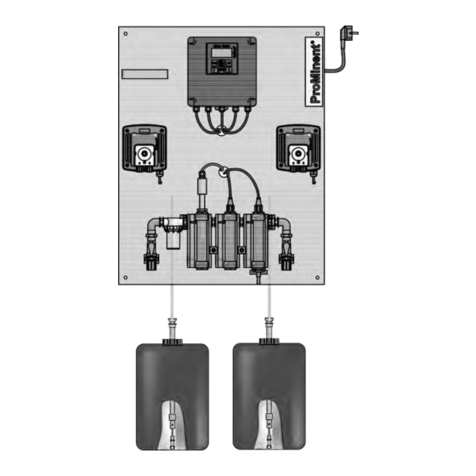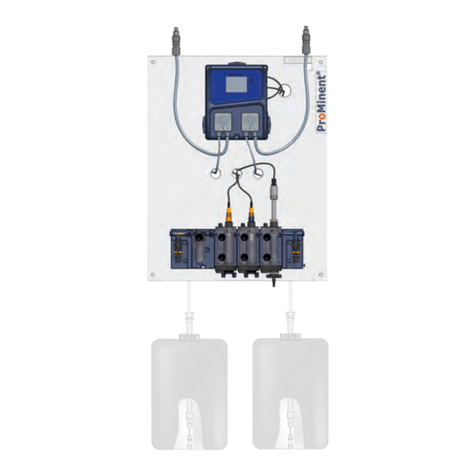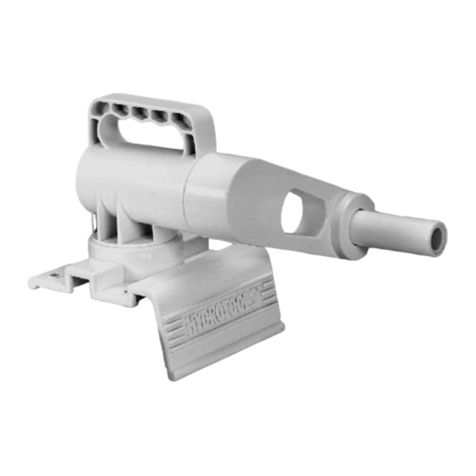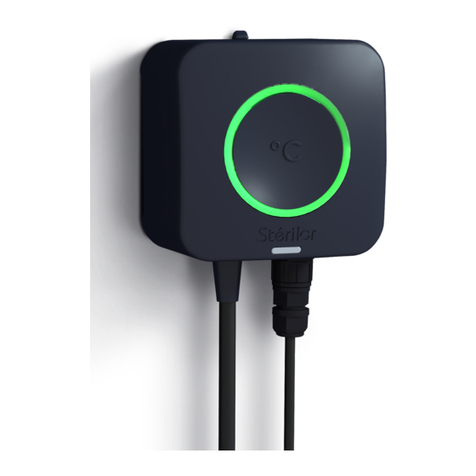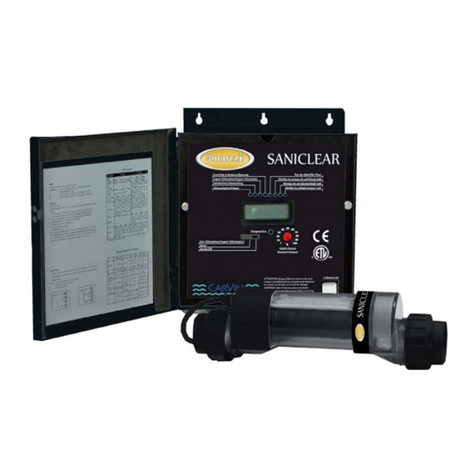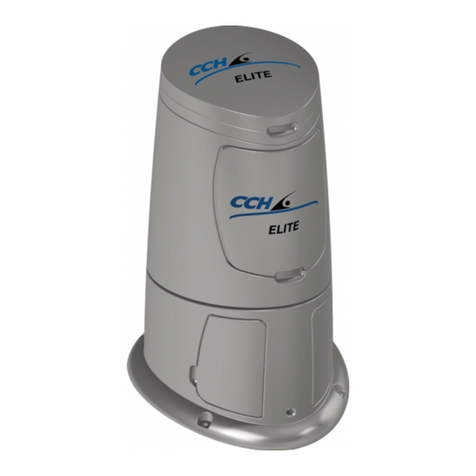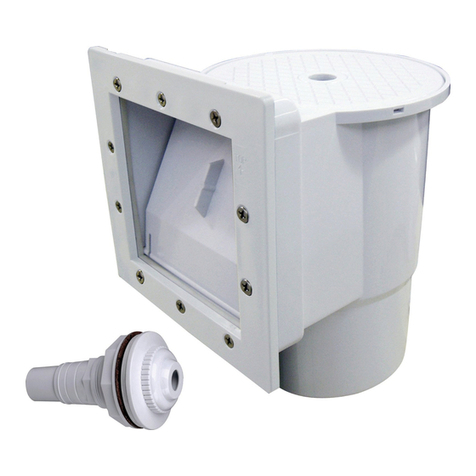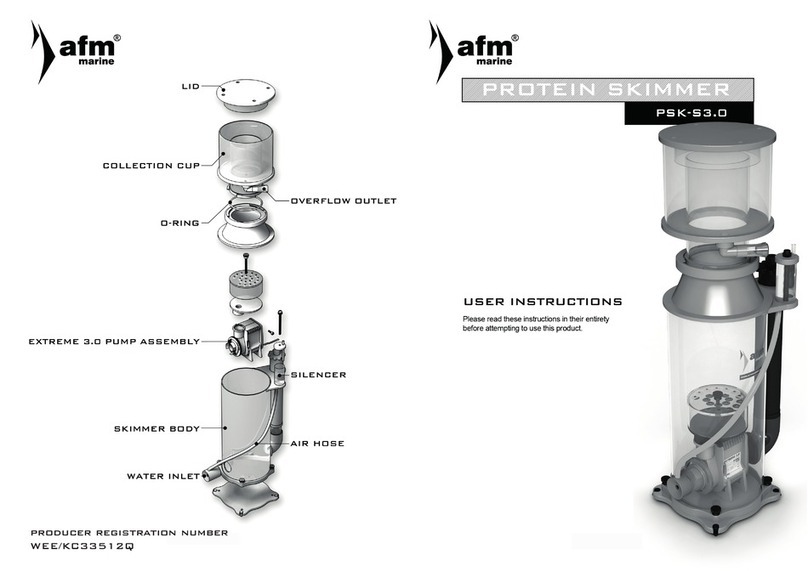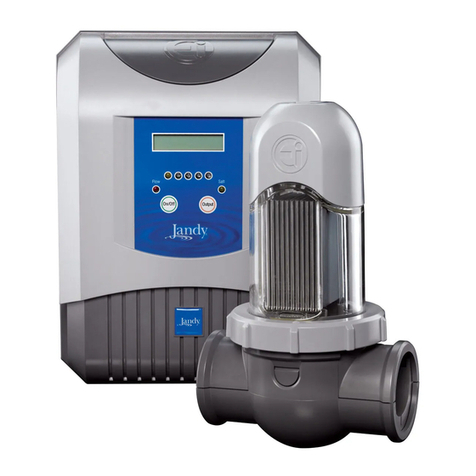
Table of contents
1Identity code.......................................................................... 5
2 About This Product............................................................... 7
2.1 Overview of Equipment................................................. 7
3 Safety and Responsibility...................................................... 9
3.1 Users' qualifications...................................................... 9
3.2 Explanation of the safety information.......................... 10
3.3 General Safety Information......................................... 11
3.4 Intended Use.............................................................. 13
4 Operating Concept.............................................................. 14
4.1 Functions of the keys ................................................. 16
4.2 Changes the set operating language.......................... 17
4.3 Acknowledge fault or warning message .................... 17
4.4 Key Lock .................................................................... 18
5 Storage and transport......................................................... 19
6Assembly............................................................................ 20
6.1 Wall-mounting............................................................. 20
6.2 Fit the antikink device for the bleed line...................... 21
6.3 Hydraulic Installation................................................... 22
6.3.1 Metering system...................................................... 23
6.3.2 Sensors.................................................................... 26
6.4 Electrical Installation................................................... 27
6.4.1 Connect power supply............................................. 27
6.4.2 Install external signal inputs and signal outputs...... 27
6.4.3 Electrical Installation of the Sensors........................ 28
6.4.4 Cable Cross-Sections and Cable End Sleeves....... 28
7 Start Up............................................................................... 29
7.1 Priming and bleeding (with an alpha or Beta pump)... 30
7.2 Adjust the flow sensor switching point........................ 30
7.3 Calibration................................................................... 31
7.3.1 Calibration................................................................ 32
8
[Diagnostics]
....................................................................... 45
8.1 Displaying
[logbooks]
.................................................. 45
8.1.1 Displaying the
[Calibration Log Book]
...................... 45
8.1.2 Reading the
[Error Log Book]
.................................. 46
8.2 Displaying
[simulation]
................................................ 46
8.3 Displaying
[Device Information]
.................................. 47
8.4 Error messages and warning alerts............................ 47
8.5 Help texts.................................................................... 52
9 Maintenance Work.............................................................. 53
9.1 Replacing the chemical storage tanks........................ 54
9.2 Troubleshooting.......................................................... 55
9.3 Disposal of Used Parts............................................... 55
10 Technical Data.................................................................... 56
10.1 Wiring Diagram......................................................... 57
10.2 Drawings, Drilling and External Dimensions of the
DULCODOS®............................................................ 59
11 Spare Parts and Accessories.............................................. 62
Table of contents
3

